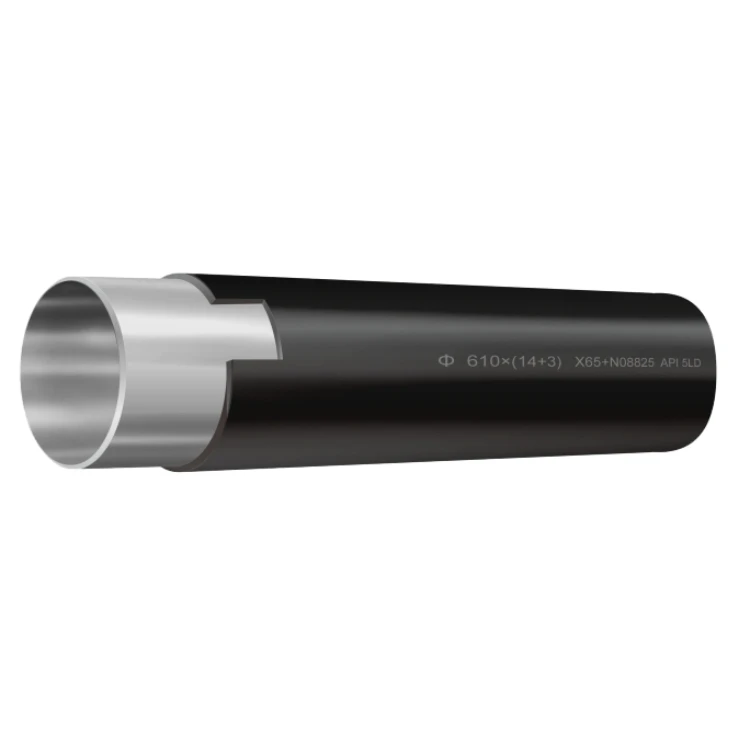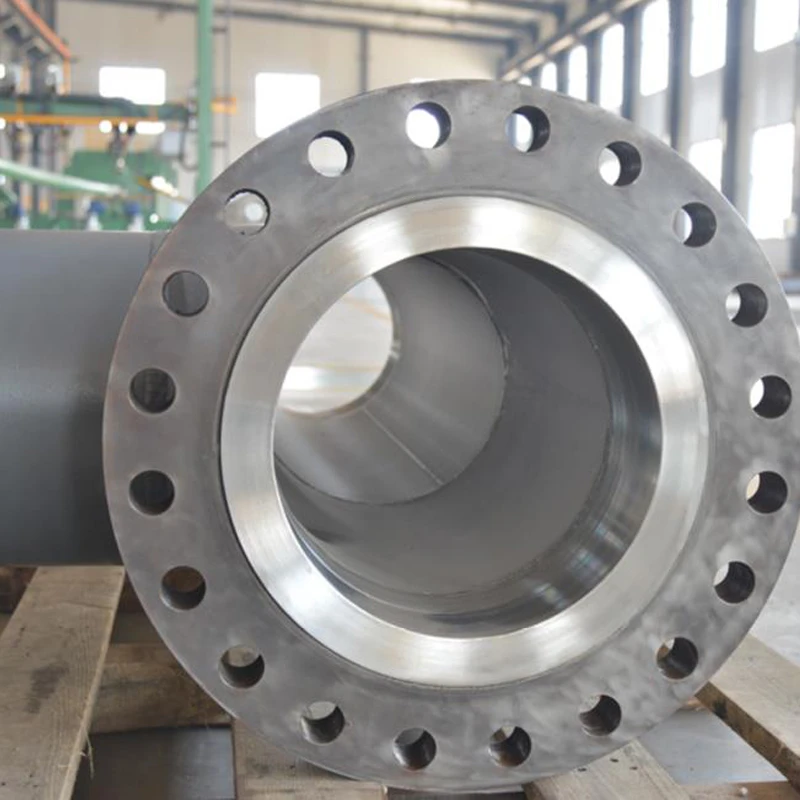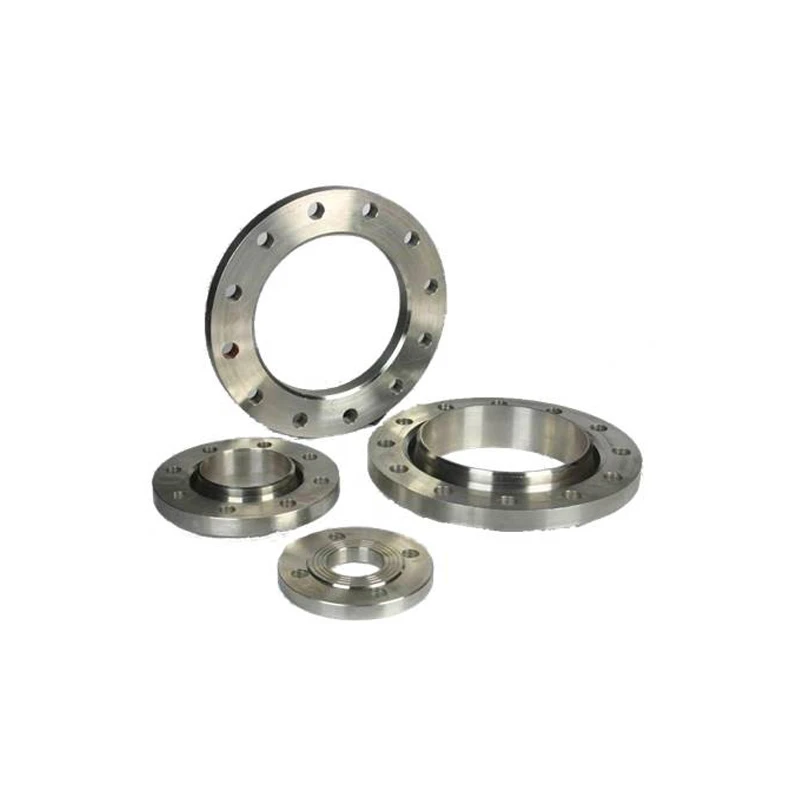- Technical advantages and properties of stainless pipe fittings
- Material specifications: Comparing 304, 304L and other stainless grades
- Manufacturing processes and quality control measures
- Leading suppliers comparison for industrial procurement
- Custom fabrication capabilities and specialized solutions
- Real-world application case studies across industries
- Maintenance protocols and lifecycle performance data
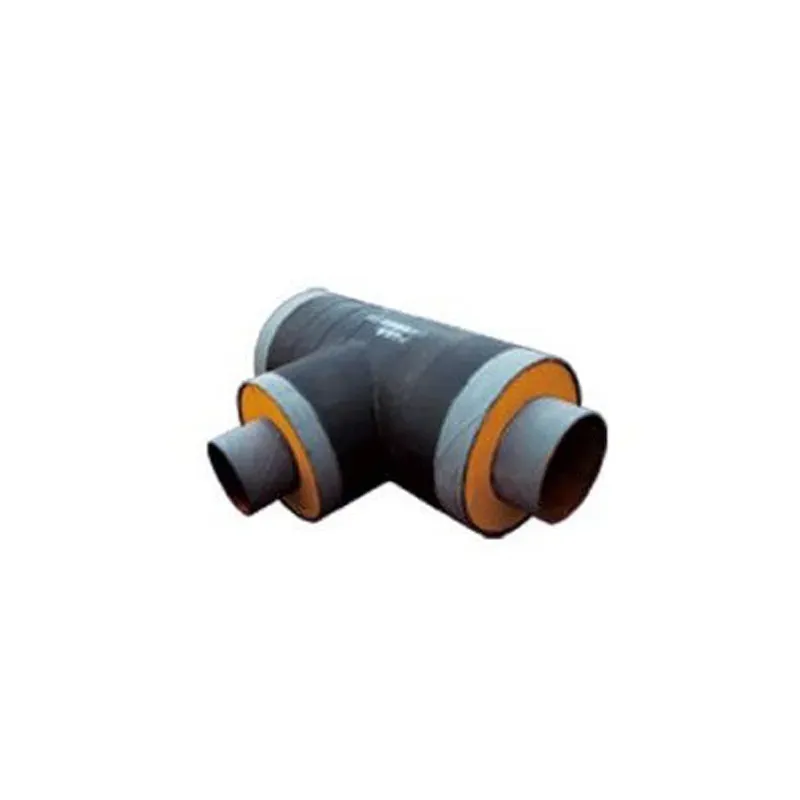
(stainless pipe fittings)
Stainless Pipe Fittings: Engineering Excellence in Fluid Systems
Modern industrial operations increasingly depend on stainless pipe fittings due to their exceptional performance in demanding environments. These critical components ensure leak-proof connections while maintaining system integrity under extreme conditions. Industries from pharmaceutical processing to offshore drilling platforms specify stainless steel fittings for their ability to handle pressures up to 5,000 PSI at temperature ranges from -425°F to 1,500°F.
Material Specifications and Metallurgical Properties
The material composition determines fitting performance. Stainless steel 304L pipe fittings contain maximum 0.03% carbon content and 18-20% chromium, making them ideal for corrosion resistance. Grade 316L adds 2-3% molybdenum for enhanced chloride resistance. Critical mechanical properties include:
- Tensile strength: 75,000 - 80,000 PSI (304/304L)
- Yield strength: 30,000 - 35,000 PSI
- Elongation: 40-50% in 2 inches
- Hardness: 80 HRB maximum
Precision Manufacturing Techniques
Superior fittings begin with cold forming of seamless tubing under ISO 9001:2015 protocols. Computer-controlled CNC machines maintain tolerance precision of ±0.005 inches during threading and grooving operations. Post-processing includes:
- Electropolishing for 15-30 μm Ra surface finish
- Solution annealing at 1900°F for stress relief
- ASME-compliant hydrostatic testing at 1.5x rated pressure
- Third-party validation against ASTM A403 and ASME B16.11 standards
Leading Manufacturer Capability Comparison
| Supplier |
Material Grades |
Pressure Rating |
Lead Time (Days) |
Certifications |
| Steeltek Solutions |
304, 304L, 316, 316L |
6000 PSI max |
10-14 |
PED, ASME, NACE MR0175 |
| Corr-Resist Industries |
304L, 316Ti, 904L |
10,000 PSI max |
21-28 |
API 6A, ISO 9001:2015 |
| Precision Fittings Inc. |
304, 316L, Alloy 20 |
4500 PSI max |
7-10 |
AS9100D, 3.1 Material Certs |
Custom Fabrication Solutions
Specialized applications require tailored configurations unavailable in standard catalogs. Technical teams develop fittings with:
- Non-standard angles (22.5°, 67.5° elbows)
- Hybrid material cladding (Inconel 625 overlay)
- Proprietary sealing mechanisms for ultra-high vacuum
- Bespoke threading patterns matching legacy systems
Industry Application Performance Metrics
Case Study 1: Chemical Processing Plant
After installing schedule 80S 304L stainless pipe fittings in acid transfer systems, downtime decreased 70% with zero corrosion failures after 3 years of continuous operation in 20% sulfuric acid at 150°F.
Case Study 2: Offshore Drilling Platform
Super duplex stainless steel fittings handling seawater injection at 8,500 PSI maintained 99.97% leak-free performance after 18-month stress test under corrosive marine conditions.
Maintaining Optimal Performance of Stainless Steel Pipe Fittings
Regular inspection protocols extend service life beyond 25 years in aggressive environments. Ultrasonic thickness testing every 18 months detects potential erosion, with statistical data showing proper maintenance reduces replacement costs by 62%. Following installation best practices ensures maximum performance:
- Torque wrench installation to 85% of maximum rating
- Annual visual inspection for galvanic corrosion
- Pipe alignment within 0.5° tolerance range
- Quarterly gasket integrity checks
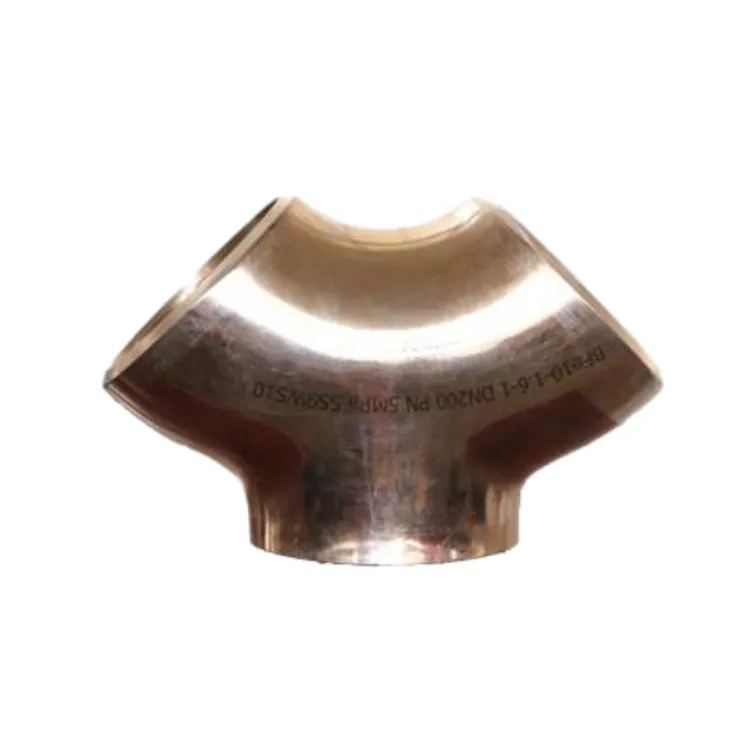
(stainless pipe fittings)
FAQS on stainless pipe fittings
Q: What are stainless pipe fittings used for?
A: Stainless pipe fittings connect and direct pipelines in corrosive or high-purity systems like chemical plants and food processing. Their corrosion resistance and durability make them ideal for demanding industrial applications requiring hygiene and reliability.
Q: Why choose 304L stainless steel for pipe fittings?
A: 304L stainless steel pipe fittings offer excellent corrosion resistance and weldability due to low carbon content. They resist oxidation in temperatures up to 870°C, making them suitable for acidic environments and marine applications.
Q: Where can I find stainless steel pipe fittings for sale?
A: Reputable industrial suppliers like PipeSource or GlobalSpec offer stainless steel pipe fittings online with certifications. Always verify material grades (e.g., 304/316) and pressure ratings when purchasing to ensure compatibility.
Q: How do stainless steel 304L fittings handle extreme temperatures?
A: Stainless steel 304L pipe fittings maintain structural integrity from -196°C to 400°C continuously. Their low carbon content prevents carbide precipitation during welding, reducing cracking risks in cryogenic or high-heat scenarios.
Q: What industries typically require stainless steel pipe fittings?
A: Petrochemical, pharmaceutical, and food/beverage industries rely on stainless pipe fittings for contamination prevention. Offshore rigs and desalination plants also use them extensively due to saltwater corrosion resistance.

